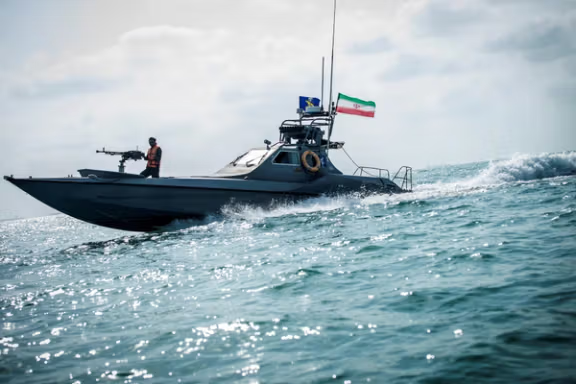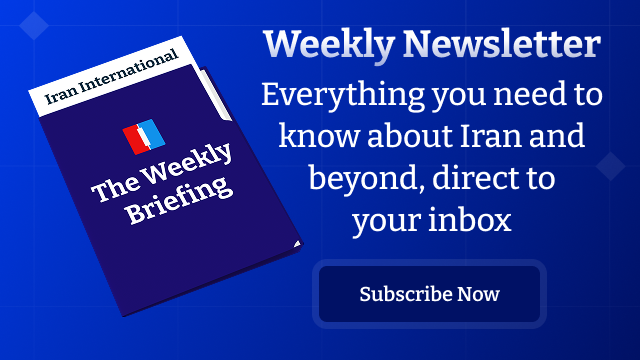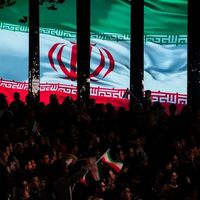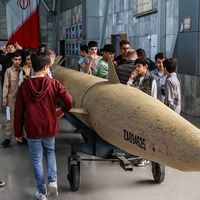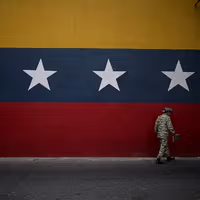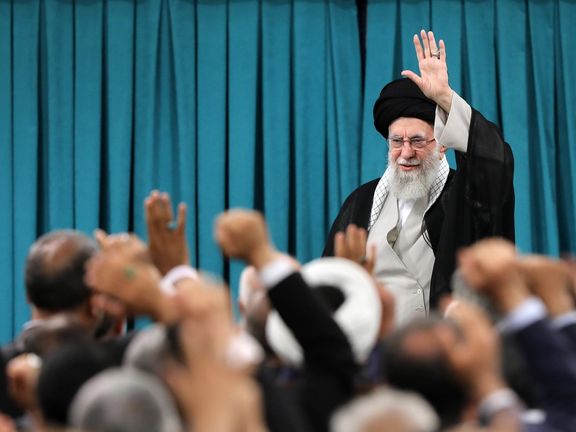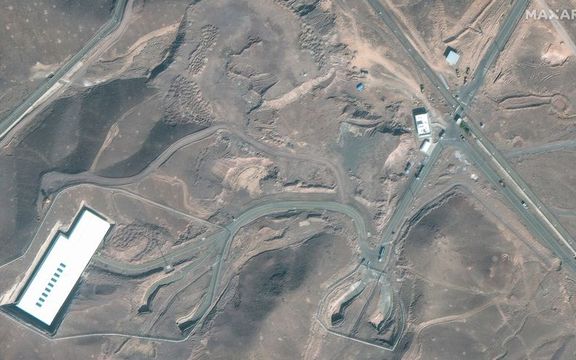The shock events have Iranians watching the fast unfolding events in awe and disbelief. Inured to decades of stagnation and dashed hopes, they try to envision their country’s future with both ambition and fear. Many shudder at the prospect of a disintegrated country. Some are worried that after the war, Iran could fall into a failed state for decades, with neighbors Iraq and Afghanistan standing out as cautionary tales.
A hallmark of authoritarian states like the Islamic Republic is the dichotomy they promote to warn of such disasters: it’s either us or chaos. But Iran’s path forward could potentially buck the false dilemma.
Three scenarios
If the current theocracy were to end amid the current conflict, several scenarios could play out:
- A faction within the military may seize power and push for fundamental changes
- Exiled opposition groups could grab a role, with or without Western support
- A coalition of domestic opponents gains the upper hand
The rise of a state more hardline than Khamenei as a fourth scenario is highly unlikely but not impossible. It would likely be short-lived, as it would immediately provoke harsher US and Israeli blows and find a populace that was already terminally fed up with the ageing leader’s hardline rule.
For all their differences, these three potential successor systems would share commonalities: they would be more secular and progress-oriented, and would be all but certain to eschew the Islamic Republic’s anti-Western stance.
The system founded by Ayatollah Ruhollah Khomeini and his successor is defined by religious rule, violent repression, reactionary mentality, corruption, waste and mismanagement.
In the history of Iran - and indeed that of the modern world - few governments have concentrated so many pernicious traits within a single system.
Whichever of the three governance scenarios ultimately takes shape, it is highly unlikely that any will rival the Islamic Republic in such failings.
Even the least democratic scenario - the rise of a military authoritarian government - could potentially offer social freedoms and economic development.
Will Iran become the next Syria, Iraq?
In recent years, many opponents of the Islamic Republic resisted calls for radical change, fearing Iran could descend into chaos like war-torn Syria. Yet in recent months, Syria’s rehabilitation at least on the international scene has cheered some.
Despite his past ties to hardline Islamist militant groups, new Syrian leader Ahmed al-Sharaa aligned the country with the West and set it on a path to potential development.
US sanctions were lifted, and Syria now stands on the brink of rejoining the global SWIFT banking system. American firms have moved quickly to tap into the country’s market. The situation, however, is still fragile and US Secretary of State Marco Rubio mooted last month that Syria could promptly descend into civil war.
By welcoming Syria, the United States may be telegraphing that countries renouncing their hostility toward the West can rapidly reenter the global fold and enjoy a chance at prosperity.
A version of this model was tested in the second half of the 20th century on the Korean Peninsula, with US support for South Korea against the North. South Korea, after the Korean War, embraced Western alliances and democratic institutions - transforming it from a poor, authoritarian state into a modern, prosperous democracy.
To pull Iran out of the Chinese and Russian orbits, Washington and its allies could implement a similar approach. With Western support, Iran’s path to progress could be far smoother than the long and stifling five decades it has had under the Islamic Republic.
This model of development also resonates deeply with the aspirations of many Iranians. Weary of ideological fights, they yearn for prosperity, and seek normalcy and dignity. The credo of “a normal life” was oft repeated in the nationwide Woman, Life, Freedom protests which gripped the country in 2022.
Iran’s young generation, the main driver behind the movement, represents a major part of this potential.
Since 1979, it has been the only group to successfully force the clerical establishment into a concession - over the enforcement of hijab law - thwarting one of the system’s main social agendas. This same generation is unlikely to submit to another dictatorship seeking to replace the Islamic Republic.
Forerunner, not a follower
Some Iranians worriedly caution against potential instability in Iran’s future, citing Iraq’s turmoil after the U.S. invasion in 2003. Yet Iran itself fomented much of that strife. It is unclear who would have such an interest in undermining a future Iranian society. In recent decades, some of Iran’s neighbors in the Persian Gulf have put development over ideology.
While in Saudi Arabia and the United Arab Emirates, rulers have sought to modernize their hidebound societies, in Iran under the Islamic Republic, the logic of religious rule at home and confrontation abroad reigns still prevails.
The 1979 Islamic Revolution marked a pivotal moment in the region, steering many nations toward Islamism and religious extremism. The wave took over Saudi Arabia and cascaded to other nations.
“What happened in the last 30 years is not Saudi Arabia. What happened in the region in the last 30 years is not the Middle East,” said Saudi Arabia’s crown prince, Mohammed bin Salman in 2017 as he pushed through modernization efforts.
A democratic Iran can serve as a powerful new model for the region, inspiring other nations to move toward more open and accountable governance.

